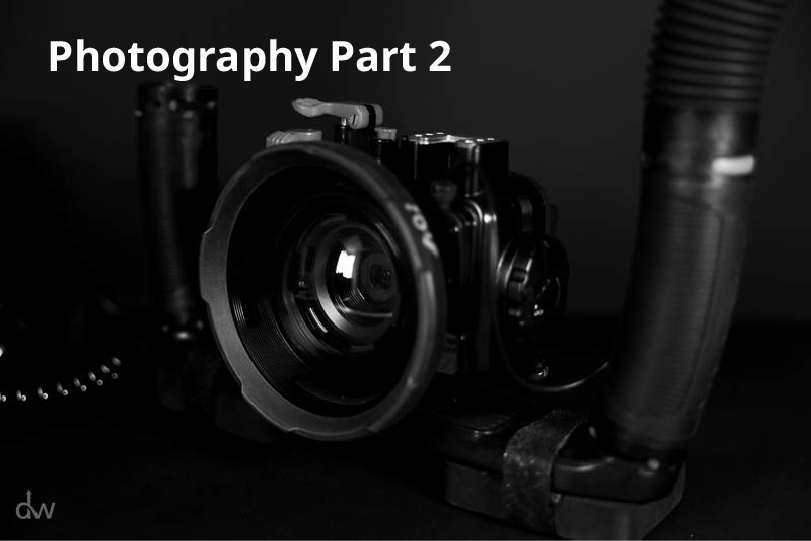Following on from my previous post on photography, I’ve got four additional tips for you to consider. If you haven’t read the previous blog post, find it here.
Technique – Also linked to camera you are using, you need to know how to take the best photos. This is all the same stuff as on land (framing, composition etc) but also, is there a shutter delay? Does the viewfinder show you exactly what the picture will turn out like? Can you shoot upside down? Are your dive skills good enough to get low to the ground? Working on all these things will get you better results each time.
Editing – Let’s not pretend – every good photo you see has been edited. If you shoot in RAW, you have to edit to get a useable JPEG. If you shoot in JPEG, the camera has already performed a series of edits on the original data that was captured by the camera sensor. Therefore #nofilter is a pure misnomer. What I mean here is, you need to edit in post by downloading your images to a phone or computer, and running them through some kind of editing programme. My favourite by far is Adobe Lightroom, but you don’t have to use something as advanced as this (even if it is incredibly easy to use, from beginners upwards). Within a few seconds you can turn something “meh” into something useable. You can turn something good into something that pops. What you can’t do is turn something awful into something useable!
Expectations – Set targets that are achievable. If you don’t have a strobe, it’s going to be very difficult to freeze the motion of a fast moving fish. If you don’t have macro capability, you won’t be able to focus close enough to get the details of the subject you are capturing on camera. Try to determine what kind of pictures you want before heading under the water, and you are more likely to be happy looking at the results after the dive.
Experience – If you are bad at taking photos above water, what makes you think it will be any different underwater? You need to practice basic photography techniques on land, where it is much easier to make adjustments and play with settings. You should, also, expect a learning curve transitioning underwater, as the environment is (obviously) very different. You have refraction to deal with, loss of colour, and loss of light, and these things take practice to overcome.
Looking to put all the above into practice? Drop me a line and ask about the PADI Digital Underwater Photographer specialty.
Happy shooting!

